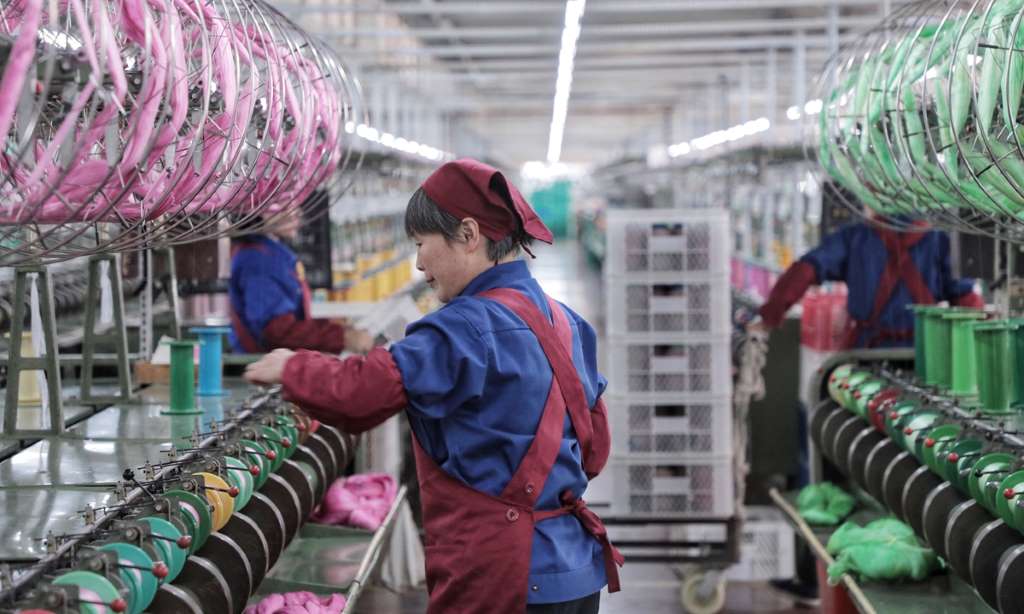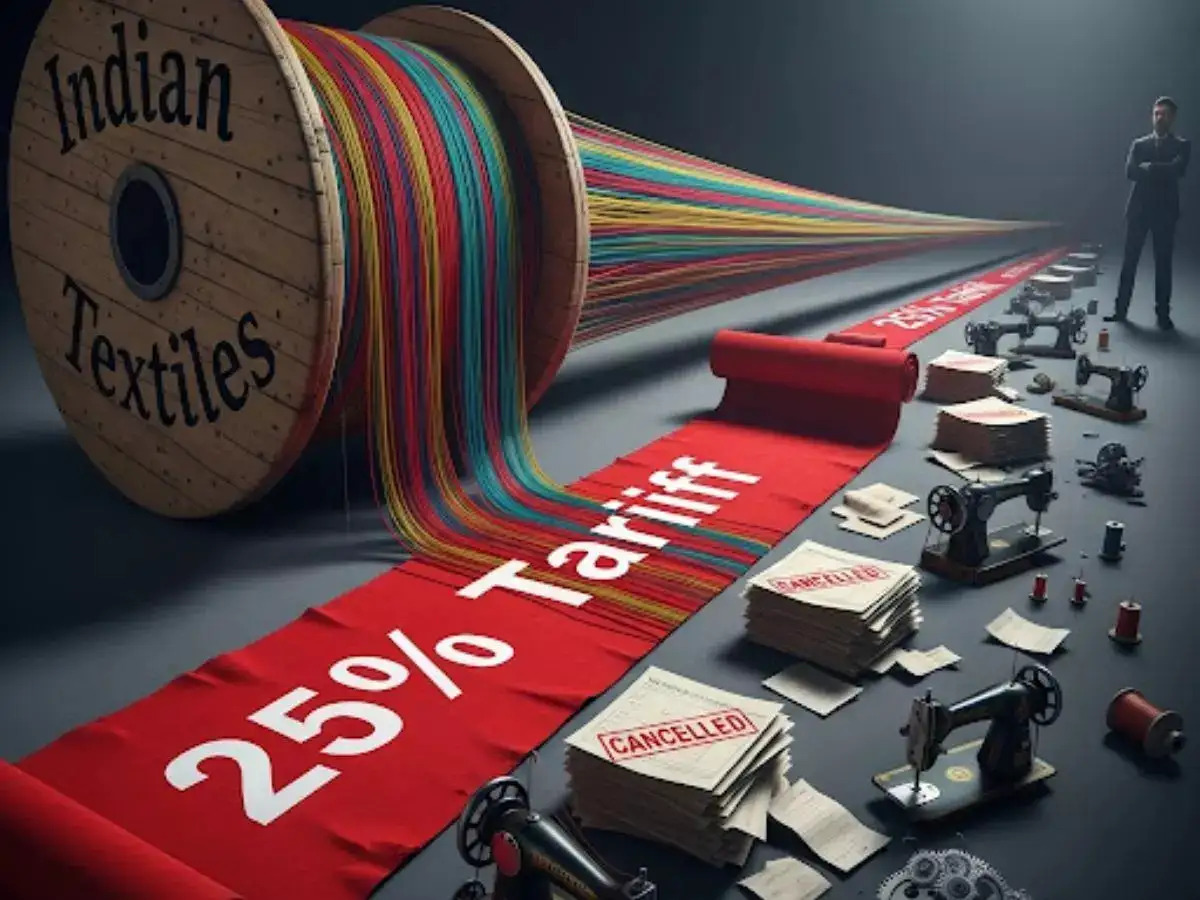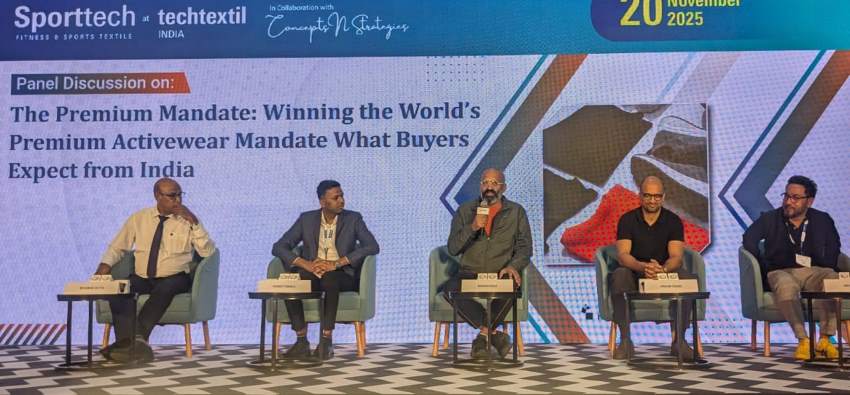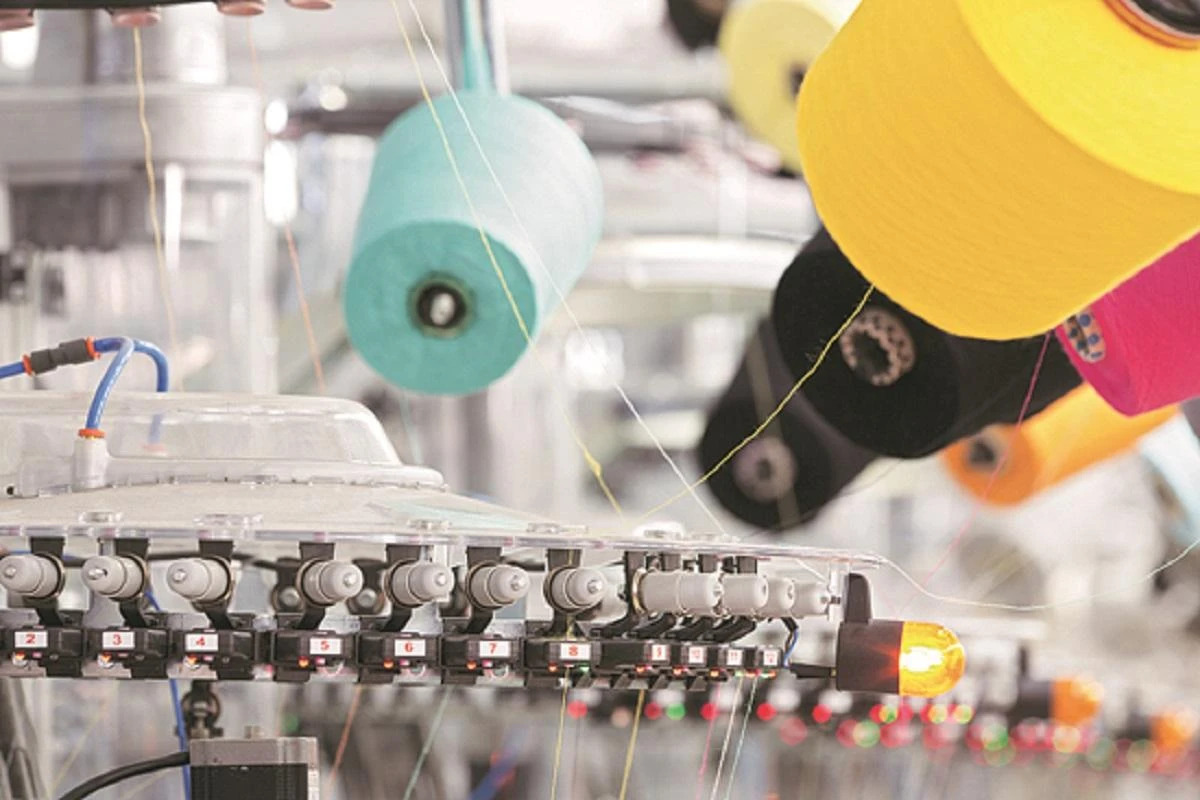
While China remains the world's leading textile producer, its grip on India's fabric import market appears to be loosening. Data from the Directorate General of Commercial Intelligence and Statistics (DGCI&S) shows a shift in recent years. India's fabric imports from China peaked at $6.4 billion in 2022-23 (April-Dec), reflecting a 40 per cent increase over the previous year. However, this figure marks a potential turning point. Experts predict continued decline in China's share, which previously hovered around a significant portion of India's total fabric imports. This trend coincides with China's rising production costs and a global ‘China Plus One’ strategy, where businesses are diversifying their sourcing beyond China.
Synthetic fabrics dominate
The types of fabrics exported from China to India also tell a story. Synthetic and knitted fabrics dominate the trade, accounting for over 60 per cent of the total value in 2022-23 (April-Dec). This is valued at $3.7 billion, a significant 40 per cent increase compared to the previous year. This aligns with China's strength in mass production of cost-effective synthetic textiles. Cotton fabrics, on the other hand, make up a smaller portion, around 30 per cent.
While India boasts of a strong domestic textile industry, some specific fabric types remain challenging to produce competitively. High-tech fabrics with specialized functionalities or intricate designs are areas where Chinese manufacturers often hold an edge due to advancements in textile technology and economies of scale
So, what sets Chinese fabrics apart? Chinese manufacturers often benefit from economies of scale and government subsidies, allowing them to produce certain fabrics at a lower cost than their Indian counterparts. Additionally, China has a well-established research and development infrastructure in the textile industry, giving them an advantage in creating innovative and high-tech fabrics that India might not be able to produce yet.
Reducing reliance on China
Recognizing the need to reduce reliance on Chinese imports, the Indian government and textile industry are taking steps. Initiatives include:
Policy measures: The government is implementing policies that incentivize domestic production, such as tax breaks and schemes to attract investment in the textile sector. This may involve lowering import duties on raw materials like yarn, while raising them on finished fabrics
Skill development: Programs are being rolled out to improve the skills of the Indian workforce, making them more competitive in the global textile market.
Technological advancement: Investments are being made in research and development to bridge the gap between Indian and Chinese capabilities in producing high-tech fabrics.
While the road to complete self-sufficiency is long, these efforts aim to make India a more competitive player in the global textile market, reducing its dependence on Chinese fabric imports.












